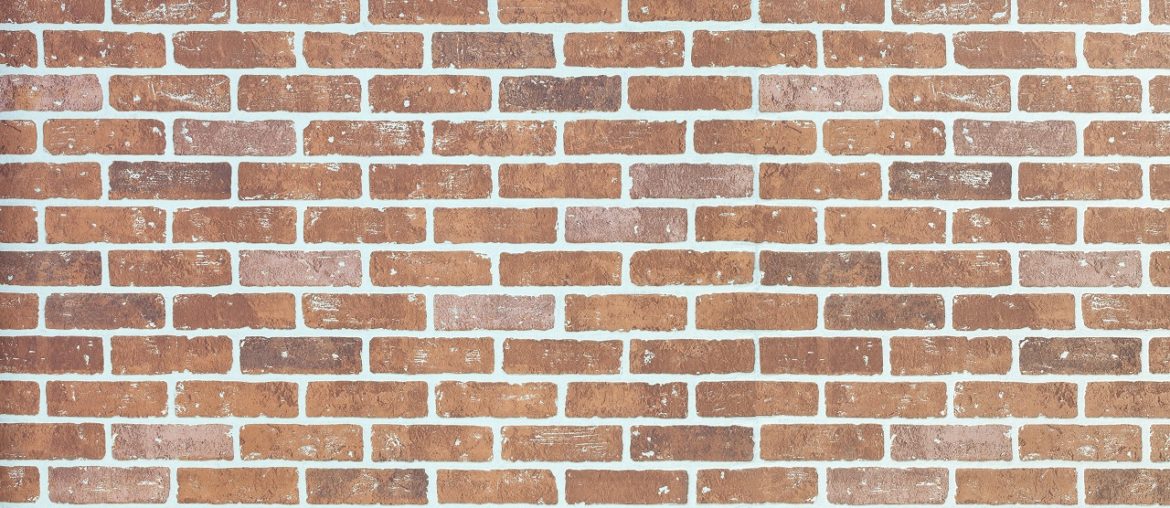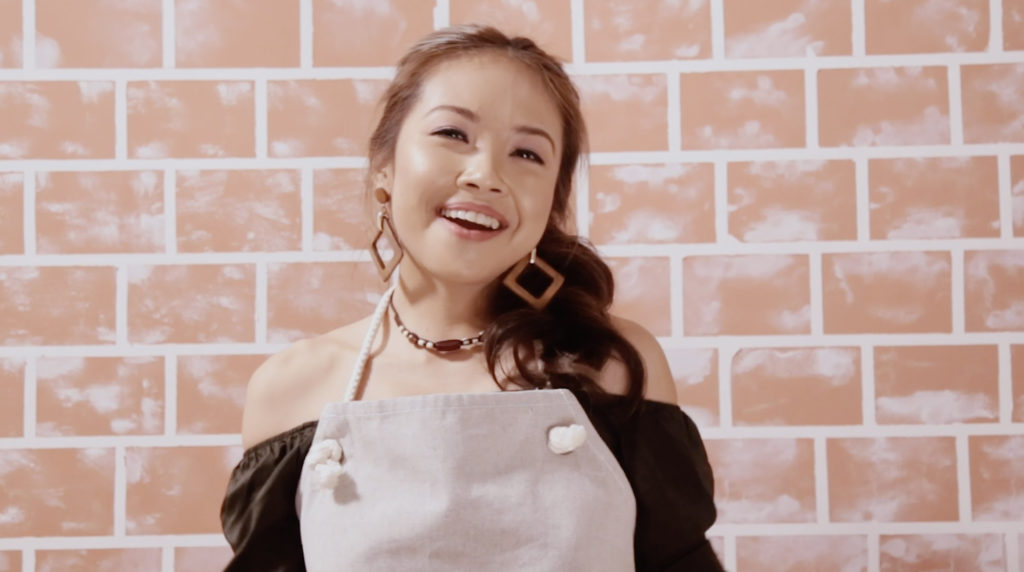How do you create faux brick walls?
- Find inspiration
- Pick your colors
- Apply masking tape
- Start with your mortar color
- Use more masking tape
- Paint the mid-tone
- Work on shadows
- Finalize your highlights
- Remove the tape
Painting a faux brick wall can add an industrial touch to any part of your home. There’s no need for you to use tiles and real stones to create one. Using a bucket of paint can have the same effect that’s perfect for any budget. With paint, you can use different colors to create different effects that can add unique textures to your interiors. Are you interested in faux brick walls? Scroll down to learn how.
Find Inspiration

Get started by finding inspiration in magazines or online sites. This is the starting point that can also help you flesh out some ideas. If there are specific colors and textures you want to replicate, save these images on your phone or print them out. Take a closer look at each pattern and color. Your hardware store might have similar colors and tools that can help you achieve the look you want.
Pick Your Colors
The classic brick wall look consists of worn bricks over aged white walls. Choose an off-white color for the base of your wall. Semi-gloss can ensure a good base for your faux bricks because it has a formulation and finish that can help make it last even in high traffic areas. For your bricks, a combination of semi-gloss and flat finish can create dimensions easily. Choose at least one semi-gloss mid-tone, one semi-gloss highlight, and one flat finish accent. You can choose more colors but a basic palette can still help you achieve a realistic look.
Apply Masking Tape
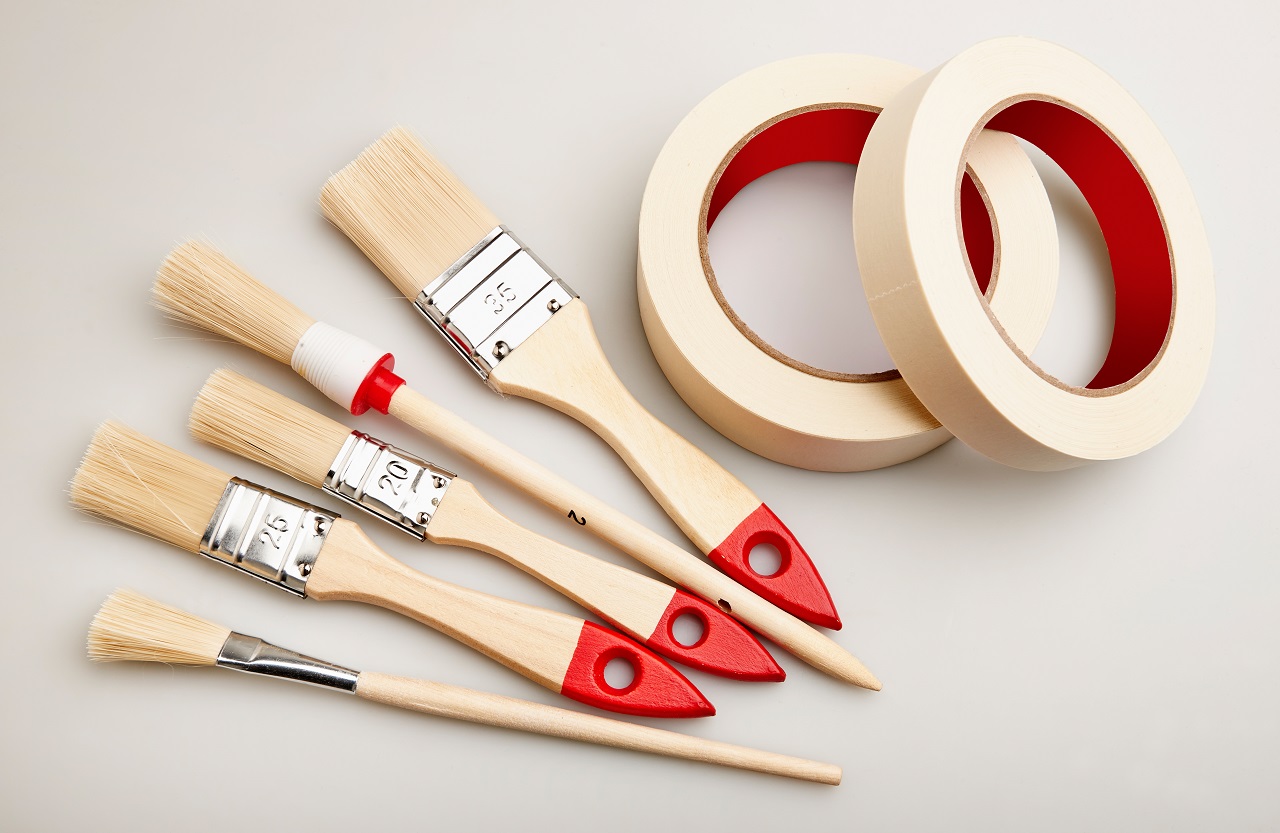
Now that you have your colors, it’s time to apply masking tape. Place masking tape along the edges of your wall, ceiling, molding, and door frames. If there are bubbles, it’s easy to flatten it out. Just press on the bubbles to make sure it’s smooth. While you’re at it, protect any furniture and exposed parts of your room. You wouldn’t want any droplets or splatters to get on them.
Start With Your Mortar Color
Start with prepping your surface. You can read all about that here.
Remember the base paint you bought? It will be used as your mortar color. Start with a smooth, clean wall, lay on the base and work in sections. Working in sections makes sure that your project is even and smooth. Although a little texture is nice, for your base, it’s always better to work on a smooth surface. This makes sure that when you start laying on the faux bricks, your lines start off as smooth as possible. Let the mortar color dry and apply a second coat if you need to.
Use More Masking Tape
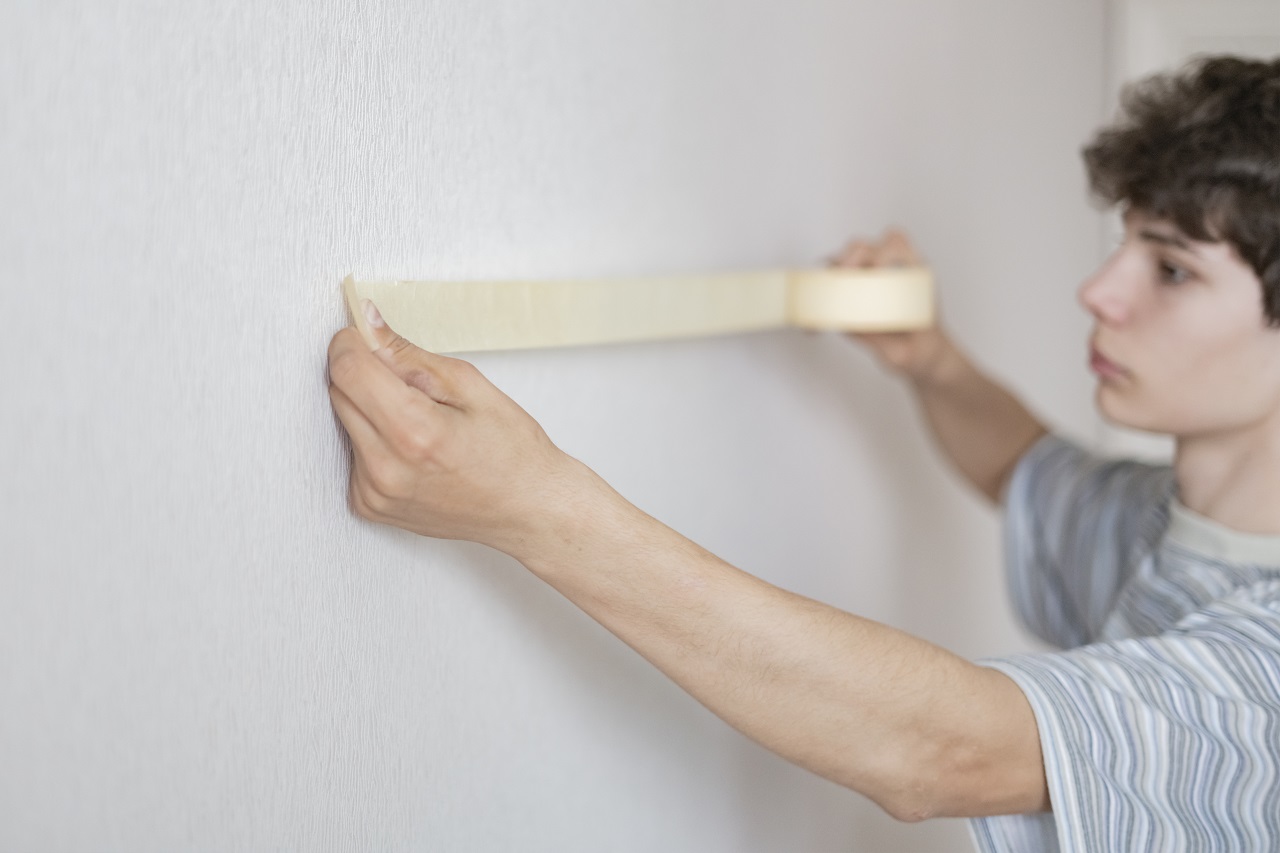
Using masking tape allows you to create a straight line and even spacing throughout the painting process. Initially, make some measurements on how big you want your faux bricks to be. Use these measurements and start masking off your mortar-colored surface. Do this slowly and preferably with help. You want to make sure it’s as straight as possible. You can add texture and unevenness with paint later on. Take your time and try to step back and look at it from afar. Up close can give you a skewed view but stepping back can help you spot any awkward angles and lines.
Paint the Mid-tone
Grab your semi-gloss mid-tone and start painting on the bricks. This can be as solid and as rough as you want. Don’t dip your brush all the way through the paint and make sure to load just enough paint on your brush. Before moving on to the other colors make sure that your mid-tones are dry. Peeling off the tape before it’s dry can also peel off the hard work on your design. Be patient because the results will be worth it.
Work On Shadows
Your flat finish accent will serve as your shadow. The flat finish gives you a realistic look while adding texture. To add your shadows, a method you can use is dry brushing. Peel off the tape and grab a small brush. Dip the brush into your flat finish accent and wipe off some of the paint. Make sure your brush is almost dry but don’t forget that you still need pigment on the brush. Grab your reference photo and begin shading the bricks. You don’t want a solid shadow but you don’t want a sheer one either. Pick a good middle and see the dimensions build.
Finalize Your Highlights
Finalize the faux brick by incorporating highlights. The highlights will bring out the faux brick look altogether. With this portion, choose a combination of dry brushing and smooth strokes. Again, a reference photo can help you out with this step. Do this slowly and if you need to blend colors, you may do so.
Remove the Tape
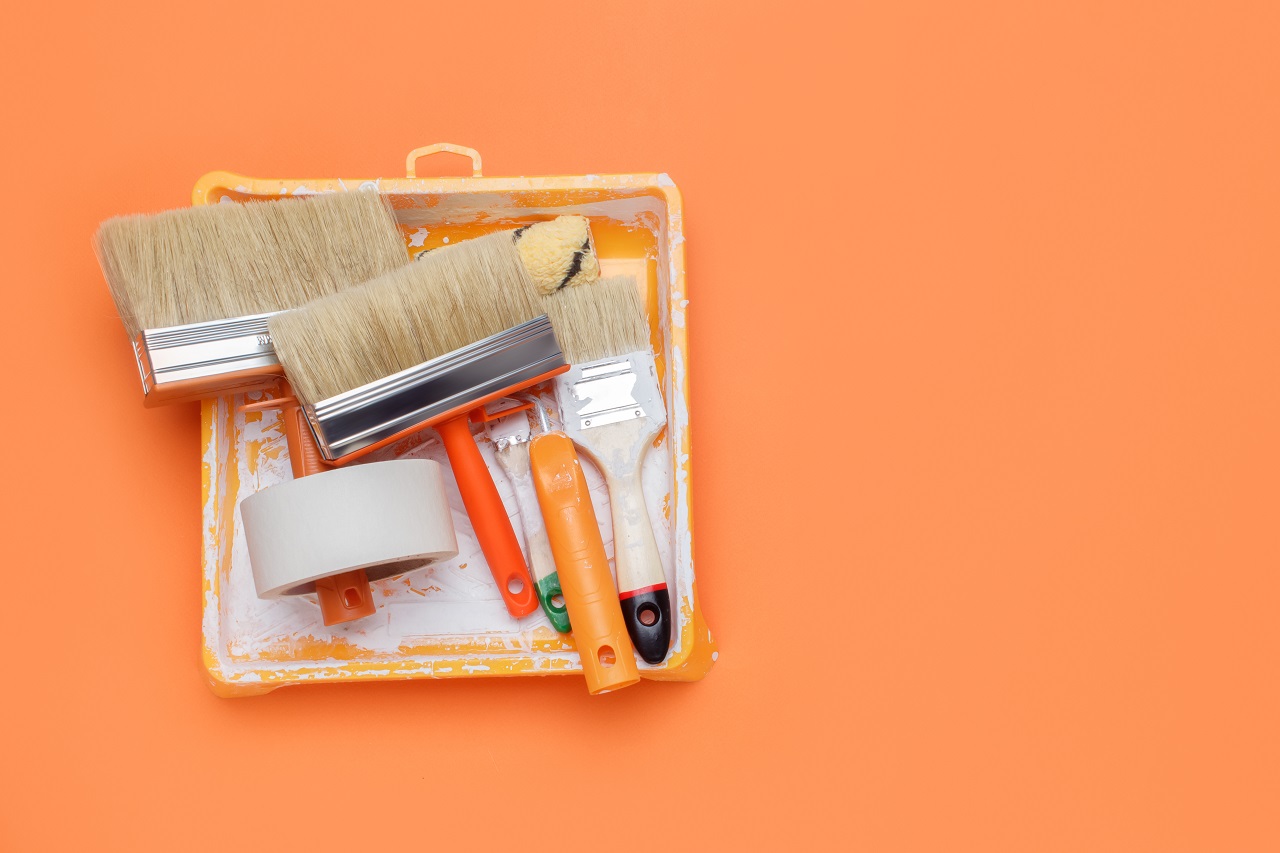
Remove your masking tape after everything dries. If you need more texture on your bricks, you can always go back over the edges with dry brushing. Don’t overdo this portion as the overall result can lose authenticity if you go in too rough or smooth.
Key Takeaway
Creating a faux brick wall is easy and it’s an effective way to bring some life into any room. It’s also great for accent walls and kitchens. Brick walls bring in an inviting, industrial look that’s reminiscent of New York-style apartments or loft apartments in Europe. Add some texture and interest to your interiors by trying this easy DIY faux brick wall.

